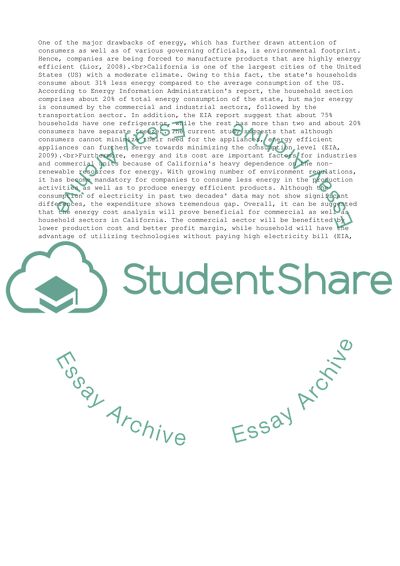Cite this document
(Tesca Case Study Example | Topics and Well Written Essays - 3000 words, n.d.)
Tesca Case Study Example | Topics and Well Written Essays - 3000 words. https://studentshare.org/finance-accounting/1836374-tesca
Tesca Case Study Example | Topics and Well Written Essays - 3000 words. https://studentshare.org/finance-accounting/1836374-tesca
(Tesca Case Study Example | Topics and Well Written Essays - 3000 Words)
Tesca Case Study Example | Topics and Well Written Essays - 3000 Words. https://studentshare.org/finance-accounting/1836374-tesca.
Tesca Case Study Example | Topics and Well Written Essays - 3000 Words. https://studentshare.org/finance-accounting/1836374-tesca.
“Tesca Case Study Example | Topics and Well Written Essays - 3000 Words”. https://studentshare.org/finance-accounting/1836374-tesca.


